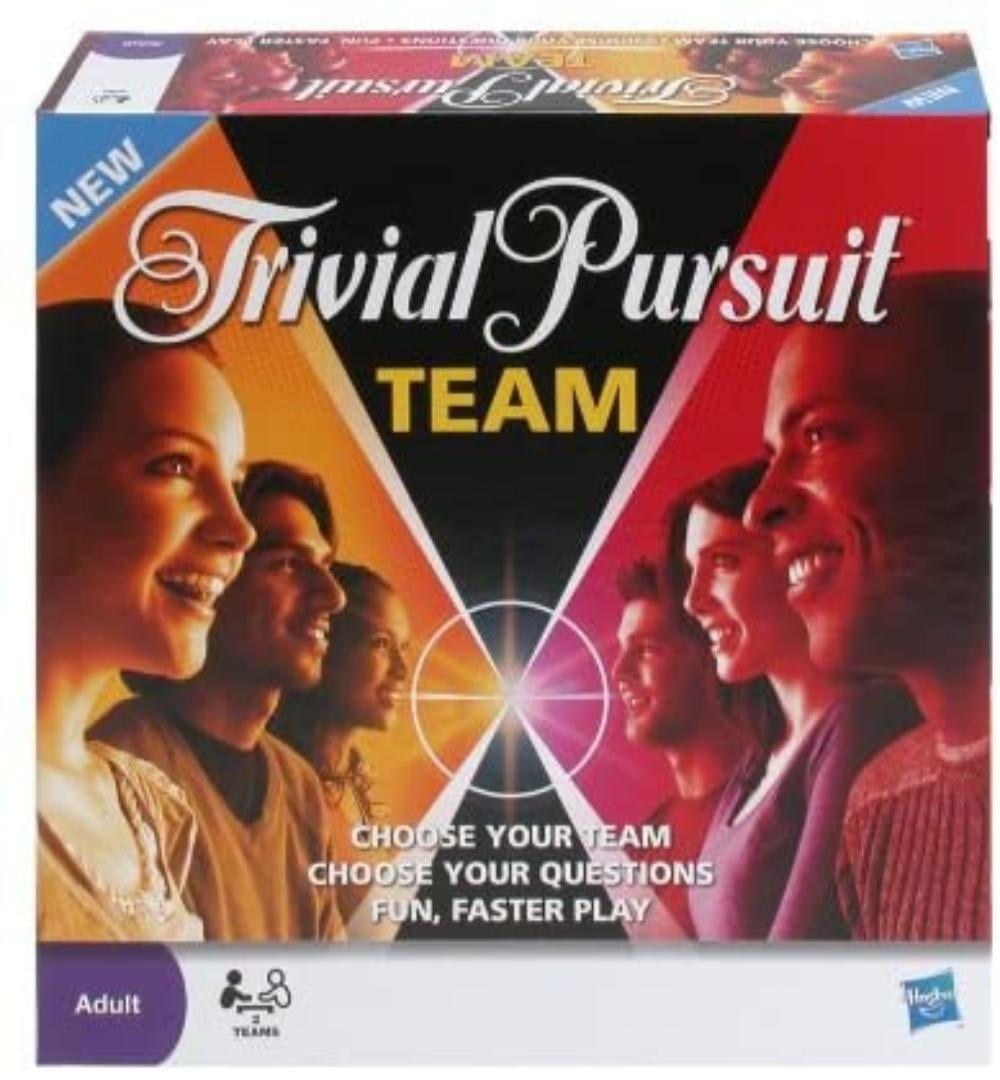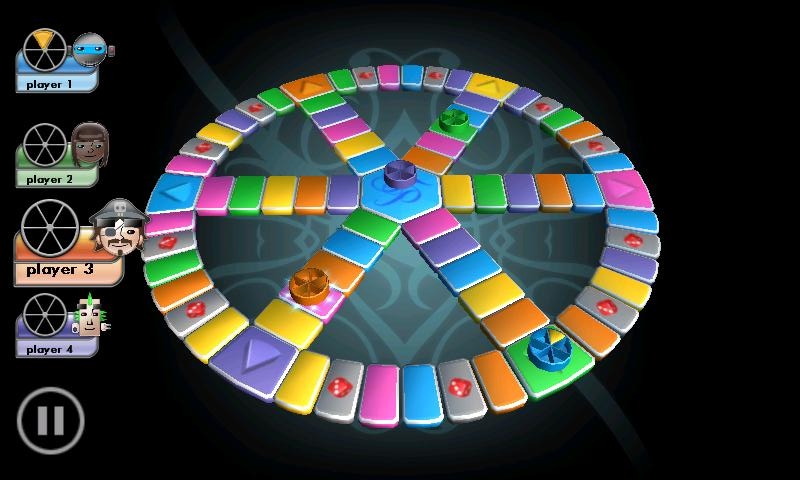


At the end of each spoke is a "category headquarters" space. This track is divided into spaces of different colors, and the center of the board is a hexagonal "hub" space. A small plastic wedge, sometimes called cheese, can be placed into each of these sections to mark each player's progress.ĭuring the game, players move their playing pieces around a track which is shaped like a wheel with six spokes. Playing pieces used in Trivial Pursuit are round and divided into six sections, similar to a cheese. The game includes a board, playing pieces, question cards, a box, small plastic wedges to fit into the playing pieces, and a die. Questions are split into six categories, with each one having its own color to readily identify itself in the classic version of Trivial Pursuit, these are Geography (blue), Entertainment (pink), History (yellow), Arts & Literature (originally brown, later purple), Science & Nature (green), and Sports & Leisure (orange). The object of the game is to move around the board by correctly answering trivia questions. Some question sets have been designed for younger players, and others for a specific time period or as promotional tie-ins (such as Star Wars, Saturday Night Live, and The Lord of the Rings movies).Ī Trivial Pursuit playing piece, with all six wedges filled The question cards are organized into themes for instance, in the standard Genus question set, questions in green deal with science and nature. ĭozens of question sets have been released for the game. An online version of Trivial Pursuit was launched in September 2003. In December 1993, Trivial Pursuit was named to the "Games Hall of Fame" by Games magazine. Northern Plastics of Elroy, Wisconsin produced 30,000,000 games between 19. As of 2004, nearly 88 million games had been sold in 26 countries and 17 languages. The rights to the game were initially licensed to Selchow and Righter in 1982, then to Parker Brothers (now part of Hasbro) in 1988, after initially being turned down by the Virgin Group in 2008 Hasbro bought the full rights, for US$80 million. In North America, the game's popularity peaked in 1984, a year in which over 20 million games were sold. With the help of John Haney and Ed Werner, they completed development of the game, which was released in 1982. After finding pieces of their Scrabble game missing, they decided to create their own game. The game was created in December 1979 in Niagara on the Lake in Ontario, by Canadian Chris Haney, a photo editor for Montreal's The Gazette, and Scott Abbott, a sports editor for The Canadian Press. Trivial Pursuit is a board game in which winning is determined by a player's ability to answer general knowledge and popular culture questions.


 0 kommentar(er)
0 kommentar(er)
